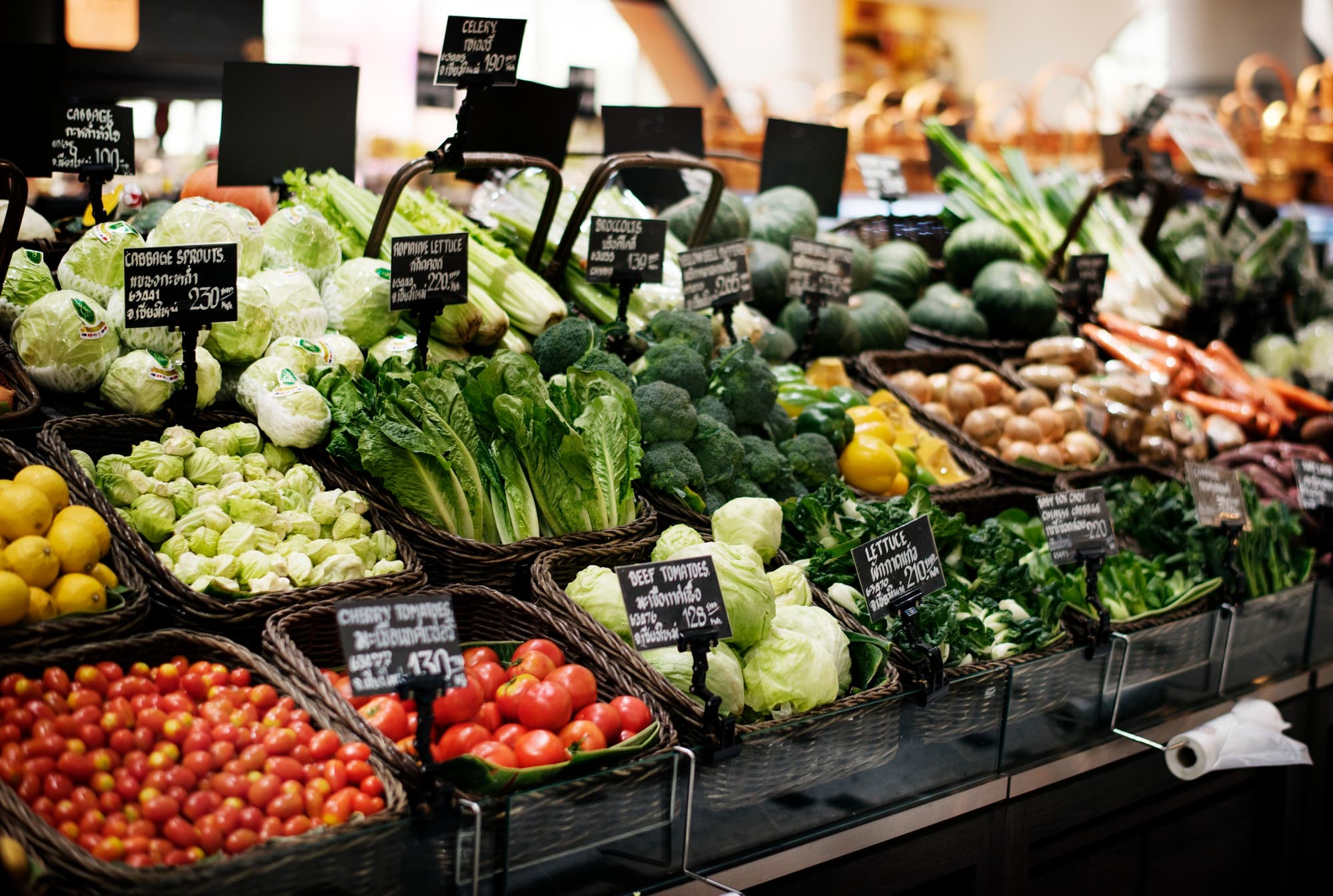
January 16, 2025
Food Labels and How to Understand Them
Navigating the aisles of your favorite grocery store can feel overwhelming, especially when you’re trying to make healthier choices. Food labels are packed with information, but understanding what it all means can empower you to make better decisions for yourself and your family. In this guide, we’ll break down the essentials of food labels in simple terms, focusing on added sugars, fats, and the difference between “natural” and “artificial” ingredients.
Decoding Added Sugars
One of the most important parts of a food label is the sugar content. But not all sugars are created equal. Here’s what you need to know:
- What are added sugars? Added sugars are those that are introduced during processing or preparation, such as table sugar, syrups, and honey. They do not include naturally occurring sugars found in fruits, vegetables, and dairy.
- Why does it matter? The American Heart Association (AHA) recommends no more than 25 grams (6 teaspoons) of added sugar per day for women and 36 grams (9 teaspoons) for men. Yet, many processed foods like sodas and snacks far exceed these limits in a single serving.
- How to spot them: Look for words like sucrose, glucose, high-fructose corn syrup, and maltose.
Quick Tip: Products labeled “no added sugar” can still contain natural sugars, so always check the total sugar content.
Understanding Fats: Saturated vs. Unsaturated
Fats are essential to your diet, but not all fats are created equal. Here’s a quick breakdown:
- Saturated Fats:
- Found in: Butter, cheese, red meat, and many processed foods.
- Why limit them? Diets high in saturated fat can raise LDL (“bad”) cholesterol, increasing the risk of heart disease.
- Recommended intake: The Dietary Guidelines for Americans suggest keeping saturated fats to less than 10% of your daily caloric intake.
- Unsaturated Fats:
- Found in: Nuts, seeds, avocados, and fatty fish like salmon.
- Why are they good? These fats help lower bad cholesterol and support heart health.
Quick Tip: Check the “Total Fat” section on the label and aim for foods rich in unsaturated fats while minimizing saturated fats.
Natural vs. Artificial Ingredients
When it comes to ingredient lists, terms like “natural” and “artificial” can be confusing. Here’s what they actually mean:
- Natural Ingredients: These come from plant, animal, or mineral sources and are minimally processed. However, the term “natural” isn’t strictly regulated, meaning it doesn’t always guarantee health benefits.
- Artificial Ingredients: These are created in labs to mimic the flavor or texture of natural ingredients. Common examples include artificial sweeteners (like aspartame) and flavorings.
Quick Tip: A shorter ingredient list with recognizable names usually indicates less processing and fewer artificial additives.
A Real-World Example
Imagine picking up two jars of peanut butter. One lists just two ingredients: peanuts and salt. The other lists peanuts, hydrogenated oils, sugar, and mono- and diglycerides. The first option is less processed and doesn’t contain added sugars or unhealthy fats—making it a better choice for health-conscious shoppers.
Tips for Reading Food Labels Like a Pro
- Start with the serving size: Everything on the label is based on this amount. If you eat more than the serving size, adjust the numbers accordingly.
- Check the ingredient list: Ingredients are listed in descending order by weight. The first few items tell you the most about what you’re consuming.
- Look for fiber: Foods high in dietary fiber (5 grams or more per serving) help with digestion and can make you feel fuller.
The Bottom Line
Understanding food labels doesn’t have to be complicated. By focusing on added sugars, choosing healthier fats, and learning the difference between natural and artificial ingredients, you’ll be well on your way to making informed choices.
Ready to become a pro at navigating the confusing world of health-conscious groceries? Contact Aisle Insights today and let us guide you toward smarter shopping habits.
Recent Posts

Meal Planning and Grocery Lists: How to Combine Them for Maximum Efficiency
April 1, 2025

Healthy Grocery Shopping on a Tight Schedule
March 10, 2025

Budget-Friendly Shopping: Eating Well Without Breaking the Bank
March 7, 2025

Whole Foods Advantage: Why Processed Foods Can’t Compete
January 22, 2025

Paleo Diet vs. Keto Diet: A Comparative Analysis
December 20, 2024
